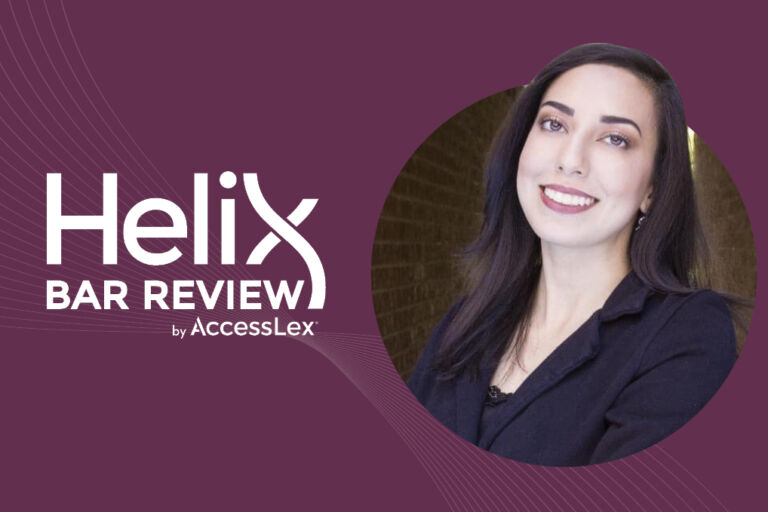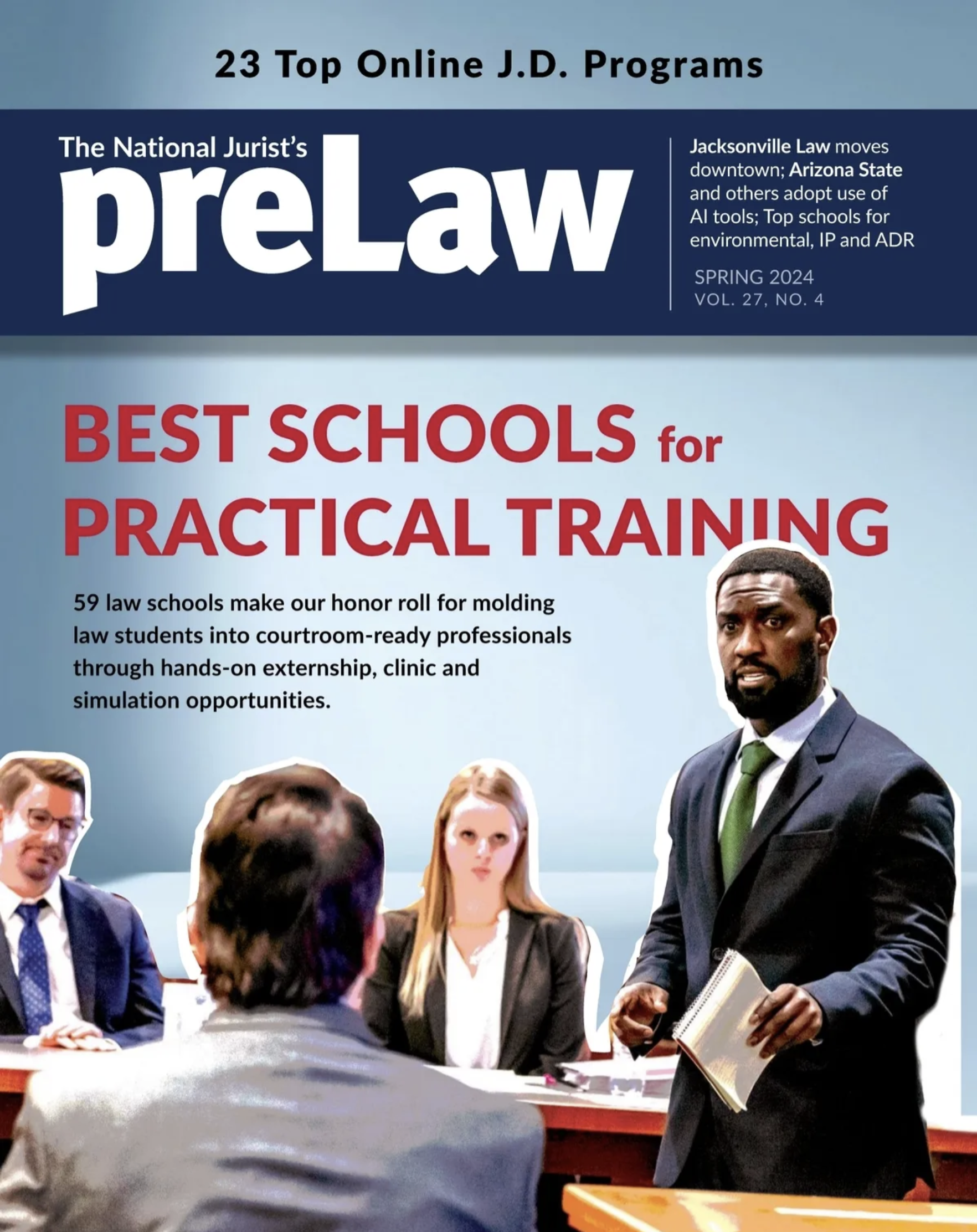Five states will use the Uniform Bar Examination for the first time this summer, and two other states are slated to use it in 2014. That will bring the total number of states using the three-year-old exam to 13, and experts expect more in the near future.
Jim Rigos, owner of Rigos Professional Education Programs, said he expects a majority of the states will adopt the UBE within three years.
“It’s going to get to a point where the law schools and the students [in jurisdictions not using the exam] are at such a disadvantage, that there’s going to be a lot of pressure from the academic side of things and some of the firms to get on board,” he said.
The National Conference of Bar Examiners created the exam to allow lawyers to smoothly transfer their scores to other jurisdictions, instead of waiting months to retake another state’s bar exam.
“Students are the big beneficiaries of this,” said Erica Moeser, president of the NCBE, which created the exam. “If there’s one group that should care about the UBE, it’s the person who is currently enrolled in law school and is looking to take the bar exam, finding a job, and dealing with debt, especially in this economy.”
Moeser said often times when law grads graduate in May, they don’t have employment lined up, and by the time that bar exam rolls around in July, that applicant may have secured employment, but not in the state in which they are testing. Without the option of the UBE, they would have to wait until the following February to take another exam.
“The UBE is intended to help new lawyers achieve mobility, without having to take a second bar exam when they don’t find a job in the jurisdiction in which they have already registered to take the bar,” Moeser said.
The UBE is composed of the Multistate Essay Examination, Multistate Performance Test, and the Multistate Bar Examination. It is uniformly graded, offering test-takers a portable score.
It is administered during two days, with the MBE given on the last Wednesday of February and July and the MEE and MPT given on the Tuesday prior to that. Jurisdictions that use the UBE still set their own guidelines for issues such as: setting their own passing scores; determining how long incoming UBE scores will be accepted; and deciding who may sit for the bar exam and who will be admitted into practice.
Rigos, who has been in the bar prep business for more than 30 years, recently made the decision to no longer support bar association examiners in jurisdictions that have not adopted the UBE. He said it was a difficult decision to make.
“It’s hard, but we’re putting an awful lot of resources into our UBE states,” Rigos said. “We think it’s the right thing to do even though in the short run it may adversely affect some of our students. We think we need to do this and we just can’t be everything for everyone.”
Critics of the UBE argue that test-takers will not be tested on specific state laws. But Rigos said Bar Association Examiners could educate the new lawyers through a Continued Legal Education format, providing even more focus than general bar exam questions.
“There aren’t good arguments against the Uniform Bar Exam,” Moeser said. “Everything the UBE delivers is a positive for people who are entering the system of practice. Especially these days were jobs are tight there’s been a lot of pressure because of the debt loads that students carry — to me it’s a ‘what not to like’ proposition.”
Missouri was the first state to adopt the exam, followed by Alabama, Arizona, Colorado, Idaho and North Dakota. This year Montana, Nebraska, Utah, Washington and Wyoming will offer the test for the first time. Minnesota and New Hampshire will accept the test beginning in 2014.






